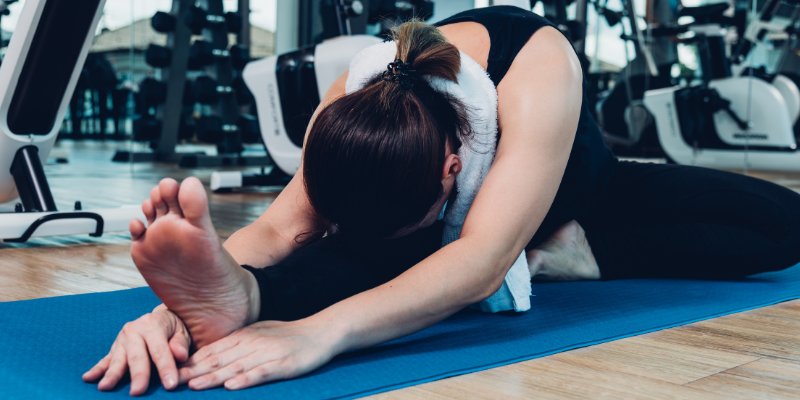Do Lactic Acid Buildups Cause Post-Workout Muscle Soreness?
Feb 16, 2024 By Nancy Miller
No matter how much you enjoy working out, you probably hate the soreness that follows. Gels that claim to reduce lactic acid discomfort are just one example of the seemingly limitless supply of "advice" and products that prevent muscular fatigue and pain. The physical therapist says he gets asked almost daily if lactic acid accumulation is the cause of aching muscles.
"Many of us heard this from our coaches or other authority figures growing up, and now we're all curious about the best ways to prevent muscle soreness altogether. However, that is not the case."
The causes of muscular pain and whether or not they can be avoided are valid concerns, and you're not alone in having them. Fortunately, Dr. claims that this issue has been thoroughly investigated. And he could go on and on about this subject.
Why Is Muscular Discomfort Related To Lactic Acid?
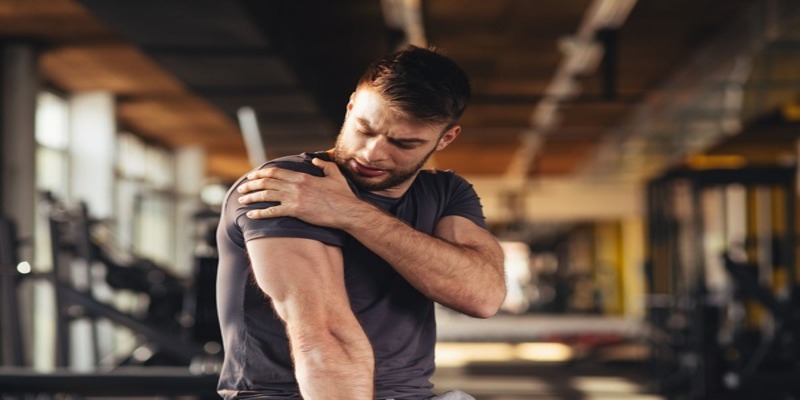
Muscles require energy to contract and contract in various ways depending on the exercise being performed. Walking, mild running, and casual cycling are all examples of aerobic exercise in which your muscles use oxygen to generate energy.
While you're working out intensely, such as running, doing plyometrics, lifting weights, or doing high-intensity interval training (HIIT), your muscles produce this energy anaerobically, which means without oxygen. This occurs when the rate at which oxygen reaches the power is insufficient to meet the demands of the muscle for energy.
Dr. explains that lactic acid is produced when muscles generate energy without oxygen. "It can build up in the muscle during exercise," the author writes, "and your muscle can be chock full of it by the time you finish a difficult workout." However, the author adds, "usually all this lactic acid is gone by roughly an hour after that."
Simply put, muscular discomfort only occurs once the system has cleared lactic acid. Dr. Hedt notes that the theory that exercising causes muscular discomfort because of lactic acid production during the workout is largely unsupported by evidence.
Why Do Muscles Get Sore?
According to Dr. "muscle and the connective tissue around it are injured during exercise," leading to aching muscles. "Nothing to worry about since this is very usual. This repair process is essential for muscular development since it strengthens the muscle being rebuilt."
Tiny tears, or microtears, are responsible for this damage and initiate the inflammatory process. And the muscle fatigue you get after a strenuous workout? It is not lactic acid accumulation but rather a byproduct of the injury and the inflammatory processes required to repair it.
The late onset of muscular pain provides another blow against the lactic acid idea. In fact, "muscle soreness doesn't truly begin directly after vigorous activity, or even on that same day. "Feelings of muscle fatigue and discomfort often don't set in until the second to the third day following an exercise.
For this reason, we refer to it as DOMS, or delayed onset muscular soreness." The way we feel about muscular fatigue has stayed the same despite this new information. Is there anything you can do to avoid DOMS?
When Does Severe Pain Become Apparent?
Because they are living tissues, the body's muscles, tendons, ligaments, cartilage, and bones take time to adapt to exercise demands. Too much stress too quickly might cause them to start to fail. Failure can result from either an abrupt increase in pressure or the buildup of chronically high-stress levels.
When this happens, many tissues react in unique ways. This can cause severe discomfort. Soreness can occur, for instance, when muscles that haven't been used in a while are subjected to a great deal of tension.
It is common to experience muscle pain after beginning a new workout routine or pushing yourself too far during a performance. This soreness often starts a few hours after activity and peaks a day or two later.
What Can Be Done To Alleviate This Suffering?

Any soreness or pain felt after exercise can be alleviated by taking a break from physical activity. How long you need to let the hurting spot heal depends on how bad the pain is. In most cases, we advise patients to avoid causing themselves any further discomfort.
This is simpler for non-professional athletes to achieve than for professionals. When resting a body part, it's crucial to keep up your aerobic capacity or stamina by doing other workouts that don't hurt.
If your knee hurts, it may be okay to continue working out your upper extremities. It may even be permissible to conduct lower extremity exercises like swimming or aqua jogging that do not worsen the condition.

Eating Right for Eczema: Best and Worst Foods Revealed
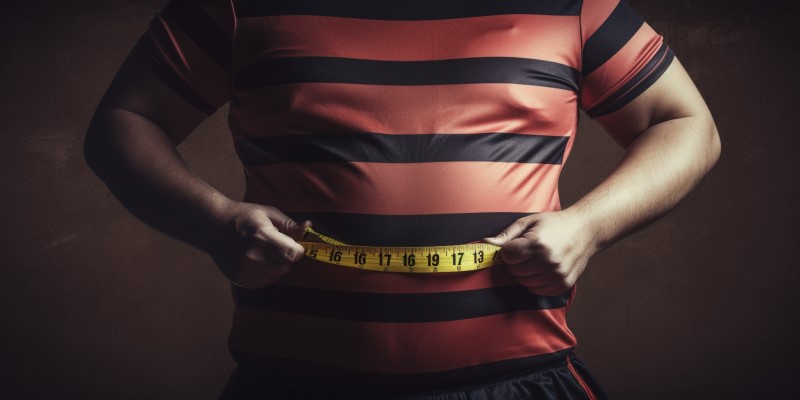
Measurements That Matter: Understanding Waist Circumference for Health

Best Lower Body Superset Workout
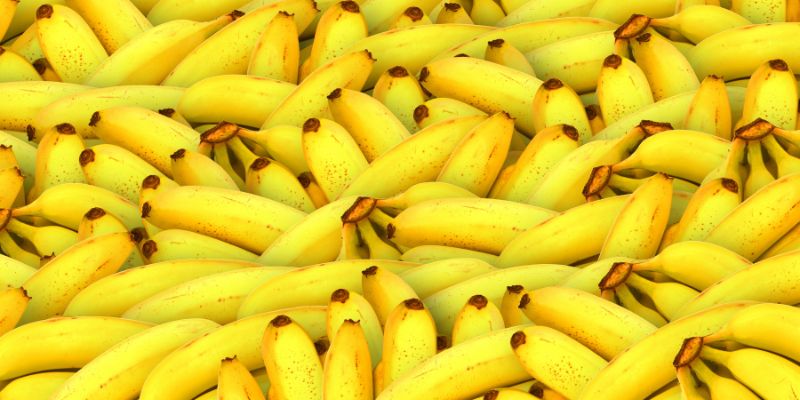
Bananas and Weight Loss: Unraveling the Truth Behind the Myth

Unveiling the Secrets to Weight Loss and Heart Health

Exercise for Older Adults - Navigating Chronic Conditions

Are Electrolyte-Loaded Sports Drinks Healthy: An Understanding

Easy Pool Workouts For Quick Fat Burn

Mastering the Art of Foot Care: Using a Pumice Stone for Soft Feet
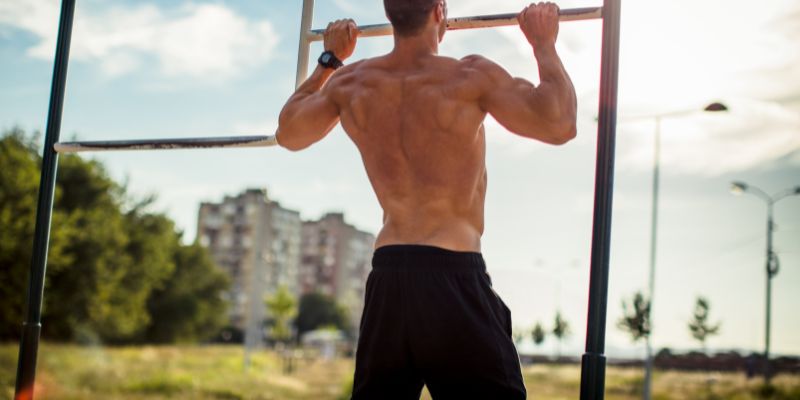
Pull-up Breathing techniques: A Guide to Proper Technique

Essential Strength Training for Women Over 50
